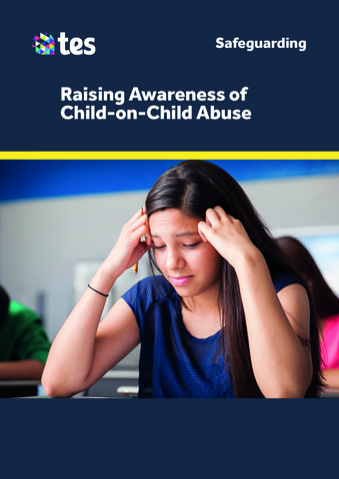_960.jpg)
What is Contextual Safeguarding?
Keeping children safe in education (KCSIE) 2018 contains a new term – Contextual Safeguarding. But what is it, and how does it affect schools?
Specific safeguarding issues
In Part One of KCSIE is a section on specific safeguarding issues. The 2018 update contains information on Contextual Safeguarding in Paragraph 52:
Extra-familial risks
Contextual Safeguarding helps focus on the fact that young people experience harm beyond their families and recognises that the different relationships that young people form in their neighbourhoods, schools and online can feature violence and abuse. Parents and carers have little influence over these contexts, and young people’s experiences of extra-familial abuse can undermine parent-child relationships.
Dr Carlene Firmin MBE
Head of the Contextual Safeguarding Research Programme at the University of Bedfordshire, Dr Carlene Firmin MBE developed Contextual Safeguarding as a framework that could be used to address “the social and cultural contexts in which violence and abuse occurs”.
Her briefing document - Contextual Safeguarding: An overview of the operational, strategic and conceptual framework provides more detail on why context is important and explores the idea that different contexts can outweigh the influence of parents/carers.
What should schools do?
Schools and educational settings need to consider the location and culture of their school or college and assess the risks that young people may be exposed to, both inside and outside of the school or college community.
A Contextual Safeguarding approach would recognise that children and young people’s risk experiencing significant harm in extra-familial contexts, and seek to include these contexts within prevention, identification, assessment and intervention safeguarding activities.
It may be necessary for schools to consider interventions to change the systems or social conditions of the environments in which abuse has occurred.
KCSIE advises that when completing social care assessments, schools should consider wider environmental factors and provide as much information as possible as part of the referral process. “This will allow any assessment to consider all the available evidence and the full context of any abuse.”
Never miss an update
To receive the latest news and offers, click below
Raising Awareness of Child-on-Child Abuse
Child-on-Child abuse is any form of physical, sexual, emotional, financial, and/or coercive control exercised between children and young people; this includes intimate and non-intimate relationships.
Read moreRaising Awareness of Child-on-Child Abuse
The purpose of this course is to help you:
- understand what peer-on-peer abuse is
- understand the different types of child-on-child abuse
- understand who child-on-child abuse may affect and what external influences there are
- be aware of the prevalence of child-on-child abuse
- understand social norms and peer pressure
- recognise early signs that might indicate abuse
- know what action to take if you know or suspect that a young person is experiencing abuse
- implement preventative strategies within school or college.
KCSIE 2018: 5 recommendations for training topics for inset days
Plan your inset days to ensure staff are trained and will be compliant with KCSIE 2018
Read more

